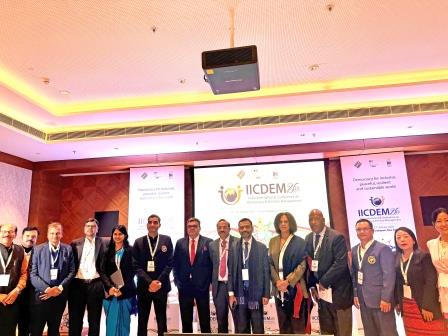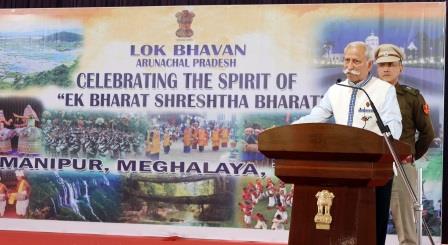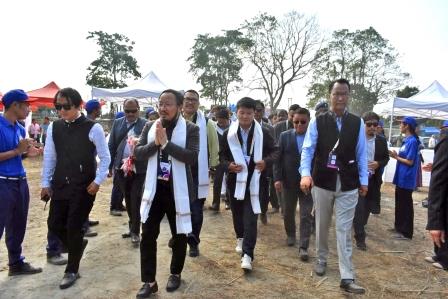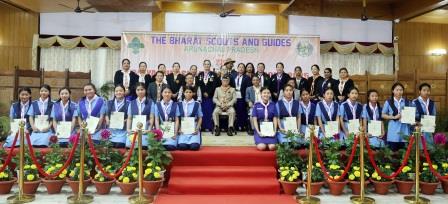-
 Team Arunachal Pradesh participates in IICDEM 2026; leads thematic…
Team Arunachal Pradesh participates in IICDEM 2026; leads thematic…
-
24hr bandh hits normal life in Lower Subansiri
-
 Lok Bhavan celebrates State Foundation Day
Lok Bhavan celebrates State Foundation Day
-
 Arunachal Yuva Samanvay 2026 underway in Namsai
Arunachal Yuva Samanvay 2026 underway in Namsai
-
DA conducts Keyi Panyor Suvidha outreach campaign
-
 Governor confers BSG Rajya Puraskar
Governor confers BSG Rajya Puraskar
-
Pongte stresses use of technology in law-making
-
 Vintage Jeep & Bike Rally commemorates end of World War-II
Vintage Jeep & Bike Rally commemorates end of World War-II
-
ARC partners with AITF, apex CBOs to lead strategic dialogue
-
Dibang Valley administration reviews progress of ongoing schemes
The Arunachal Pradesh government has directed deputy commissioners of all 26 districts to compile a list of reserve areas and submit it to the state government so that permission can be taken from the Supreme Court for de-reservation of forest areas, the state Assembly was informed recently.
Reserved forests are in namesake in Arunachal Pradesh. Today many reserved areas are without forest cover, poor vegetation and without signs of any wildlife. Encroachments, Jhumming, hunting etc., are rampant across reserved forests, at times covertly but on most occasions under the nose of authorities who are helpless to stop it. To be fair, the population is growing steadily and the majority of rural inhabitants are still hugely dependent on forests. Thereby encroachment and deforestation of reserved forests which had sprung up around villages and community forests are being compromised.
In March 2014, the Ministry of Environment and Forests, Government of India granted approval for the de-reservation of 134.20 square kilometers (13419.29 hectares) of area of Deopani Reserve Forest for regularization of pre-1980 encroachment in Lower Dibang Valley district. The approval will finally allow the State Government to regularize the settlements of the people who had to settle in the area due to the devastating earthquake of 1950. This development which brought succour to the inhabitants, who were pressing their demand for over a period of three decades, also raised hope for others living around the fringes of reserved forests.
What is the point of ‘lifeless’ forests without wildlife and plant cover? Will it not be better for de-reserving such forests to make way for human habitation and also make room for development? Arunachal is a biodiversity hotspot but how fair is it to keep its people deprived to keep the tag intact?
A better way will be for denotifying and resettling already encroached reserved forests and taking people into confidence in safeguarding other reserved areas which have been relatively untouched by human activity. Denotification of the reserved forest areas that cover major towns and large human habitations, especially those in the foothill areas must be given serious thought so that they could be developed by the government as per development needs. This way focus can be on preserving virgin remote forest areas on high altitudes, which act as catchment areas and carbon pools.

Kenter Joya Riba
(Managing Editor)She is a graduate in Science with post graduation in Sociology from University of Pune. She has been in the media industry for nearly a decade. Before turning to print business, she has been associated with radio and television.
Email: kenterjoyaz@easternsentinel.in / editoreasternsentinel@gmail.com
Phone: 0360-2212313

